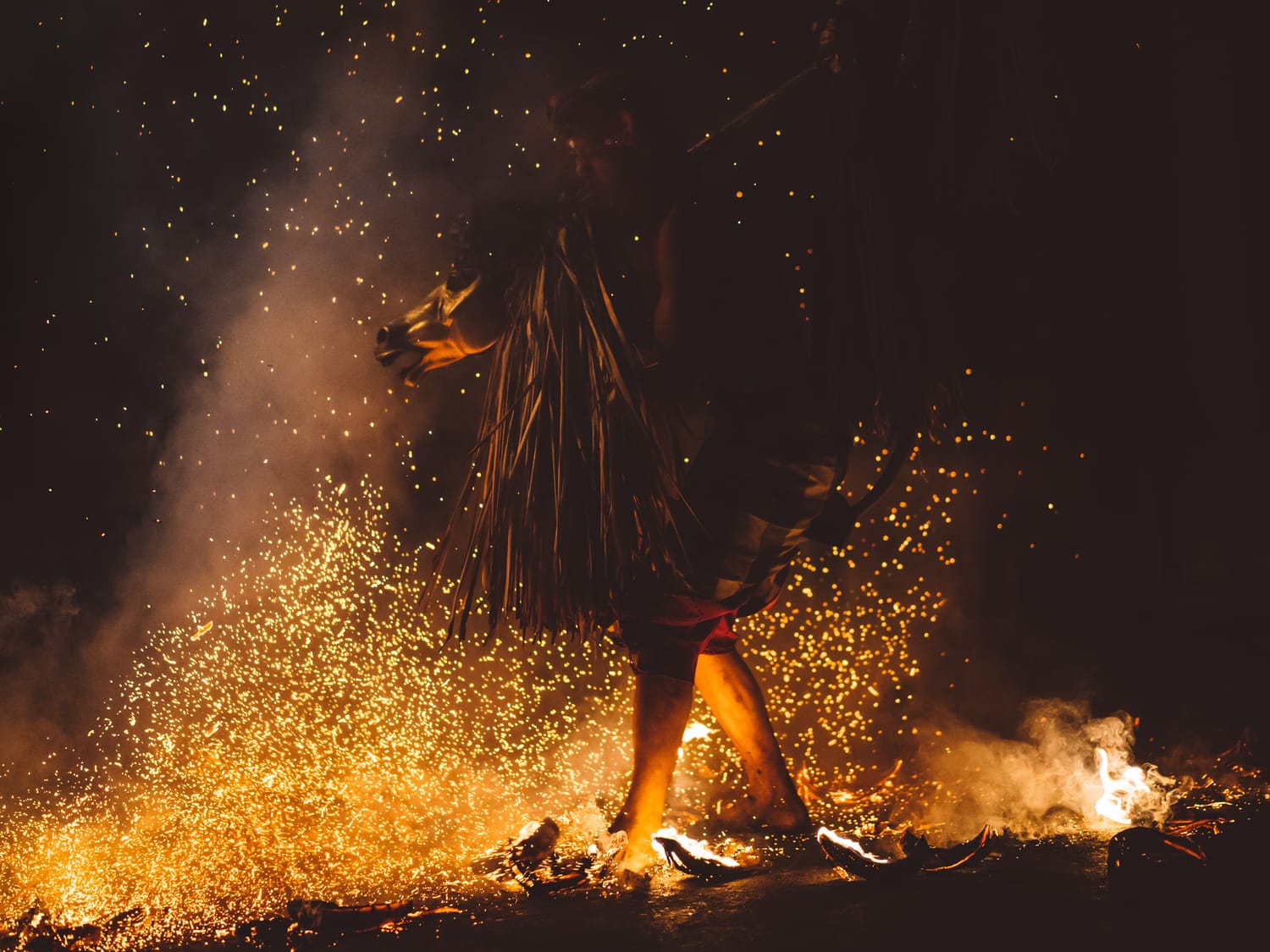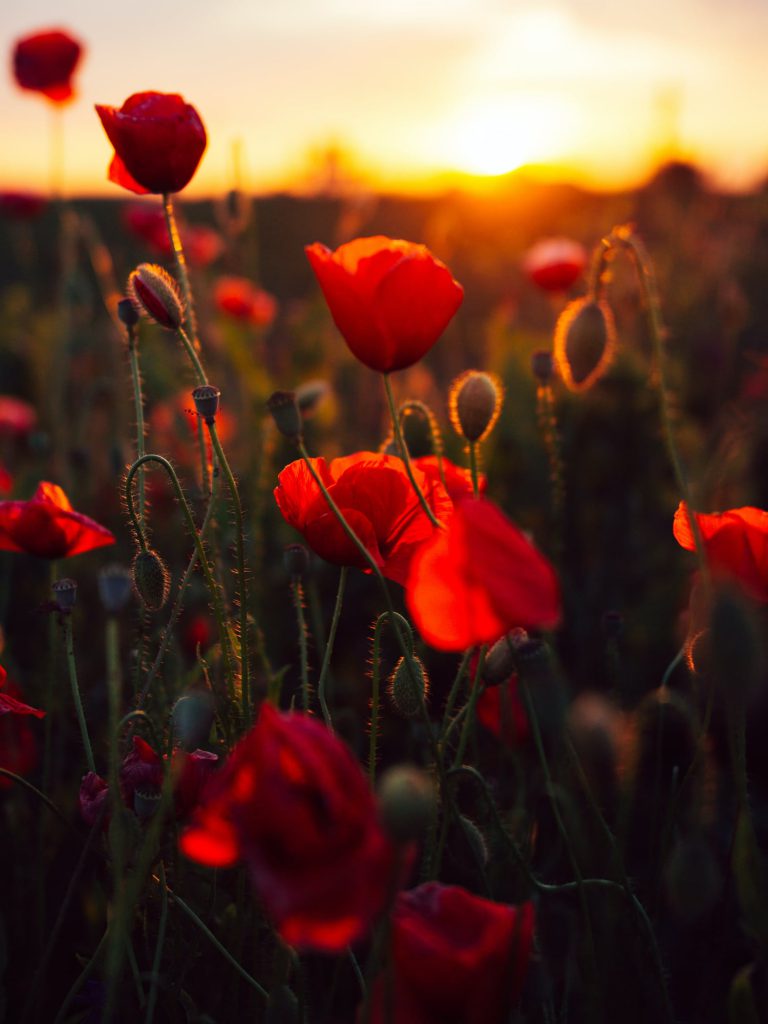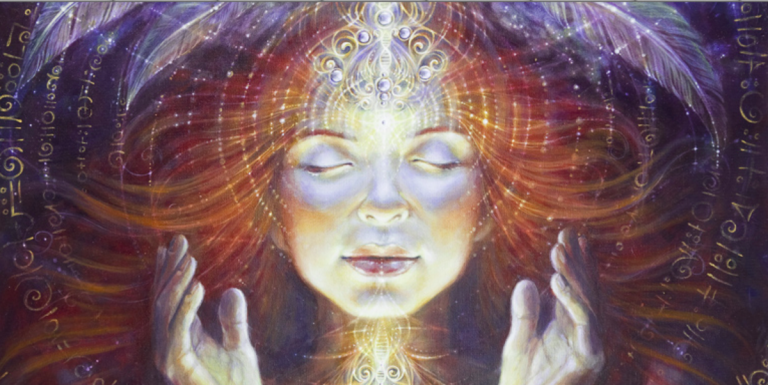Tantra Illuminiated
I am always learning more and after an amazing workshop “Living Tantra” by Christopher Tompkins I got this book which is the most complete and…
I am always learning more and after an amazing workshop “Living Tantra” by Christopher Tompkins I got this book which is the most complete and eye opening book on tantra that I have ever found. This is not a book about sex which is what we think about when we think about tantra. The real practices of meditation, pranayamas, postural yoga, mantras are the keys to tantra and maybe even liberation in one life time.
Christopher is translating the texts of the “tantras” a whole new translation of lost text that have been found in the last 80 to 100 years. The beauty of the knowledge is that it is everyone can do it and it can change how you live your life. Imagine living life with joy, pleasure and fulfillment.
Using the breath work practices are the keys to changing your what is happening in your body, mind and spirit. Which means your sexuality is enhanced since this is an integral part of who we are. The creative sexual energy (shakti) is harnessed and moved through the body.
Please see below the expect from Christopher Wallis
Mind-expanding philosophy and arcane rites, pantheons of fierce goddesses embodied in mystic syllables, energy diagrams that map the many dimensions of reality, visualizations of power centers within the body, gestures that express the purest forms of consciousness, nectarean experiences of the sheerest ecstasy, wielders of supernatural power, and concepts that challenge the fundamental norms of ordinary society: these are just some of its features. In short, it is a world that encompasses the entire range of human spiritual and religious activity, from the most elevated and sublime contemplations of our inner nature to the strangest of superstitions. (The fact that we’ll be focusing on the former should not be taken to mean that the latter did not exist.) Some people today are interested only in the high philosophy of the Tantra; others in the purely practical techniques;others are curious about the entire historical picture.
Whoever you are, to fully delve into this world, you must not only relinquish any notions of what you think Tantra is, but also some of your deeply-held assumptions about reality itself. Otherwise, you will never be able to truly understand this alternative worldview. Any alternative worldview can function as a critique of the status quo view on reality in our society, but for it to do so in a real and productive way we must—at least temporarily—lay open to question even the fundamental principles by which we create interpretations of phenomena; in other words, we must question the very frameworks with which we create a world for ourselves to live in.
“Tantra“ is now a buzzword in the modern Western world. We see it on the covers of popular magazines and books, usually linked with a vaguely suggestive and titillating notion of some kind of superlative sexual experience. Though almost everyone has heard this word, almost no-one—including many people claiming to teach something called tantra—knows anything about the historical development of the Indian spiritual tradition that scholars refer to as “Tantra.“ What these academics study as “Tantra“ bears almost no resemblance to what is taught under the same name on the workshop circuit of American alternative spirituality.
In this book we simply present a comprehensive overview of the original Indian spiritual tradition that was articulated in Sanskrit scriptures called “tantras“ (which is where the name came from). Why would this be of interest to modern Westerners? There is one outstanding reason: millions of Westerners are today practicing something called “yoga,“ a practice which, though much altered in form and context, can in fact be traced back to the Tantrik tradition.
Given the widespread terminological confusion, I ask you as the reader to simply clear your mind of whatever you think you know about Tantra, however valuable that knowledge may or may not have been to you, and start afresh. In this way, I have a chance to effectively orient you to the original Tantrik worldview: a way of seeing and understanding reality that can challenge and illuminate you to the deepest levels of your being.
Yoga is a living tradition profoundly influenced by the Tantra, yet has forgotten much of its own history. There is a new wave of work by scholars who are also practitioners, and whose goals are to rediscover and reintegrate some of what has been forgotten, clarify the roots of many ideas and practices that are floating around (thereby grounding them and enhancing their richness), and chart clearly the vast and varied landscape of Indian spiritual thought, with a view to what it can contribute to our lives today. For it is certainly the case that most 20th century teaching and writing on Indian thought was either exciting but incoherent and ungrounded (the practitioner context) or systematic but dry, boring, and insipid (the academic context). It’s time to rectify that; and no Indian tradition has been more misunderstood, relative to its deep influence on global spirituality, than Tantra.
You may wonder what the phrase “classical Tantra“ refers to. It distinguishes our subject matter from the later Hindu Tantra and ha?ha-yoga traditions, and also from modern American neo-Tantra. The classical Tantra that we here treat is associated with a specific religious tradition, the religion of Shiva-Shakti, also known as Shaivism, the dominant religion of India in the medieval period. But there is also the important category of Buddhist Tantra; the practices of Buddhist Tantra which are not found in earlier non-Tantric Buddhism were directly adopted from the classical Shiva- Shakti Tantra. Furthermore, many of the spiritual teachings of Buddhist Tantra that are not found in non-Tantric Buddhism (such as those of Dzogchen) are virtually indistinguishable from the nondual Tantric teachings.
My definition of nondual shiva Tantra is:
A spiritual movement originating in northern India that reached its peak in in the 9th – 12th centuries, primarily characterized by:
- Emphasis on direct experience of a divine reality that has transcendent and immanent aspects, called ?iva and ?akti respectively, with ?iva primarily understood as the ultimate ground of being, and ?akti as the energy making up the entire manifest universe.
- Initiation into a guru-disciple relationship and an egalitarian kula (spiritual community).
- gnostic teachings combined with a ritual and/or yogic practice utilizing mantras, meditation, breath regulation and energy-body practices, as well as the aesthetic cultivation of the senses, aimed at accessing and assimilating the divine energy in all things, in order to achieve power, pleasures, and liberation.
As you will see, there are Tantrik teachings and practices that are both accessible and powerfully effective for the Westerner. The most important thing is that for any Tantrik practice you learn, you learn it from someone experienced in it, who has received some of its benefits and navigated some of its pitfalls.
www.anusara.com/tantrailluminated/





